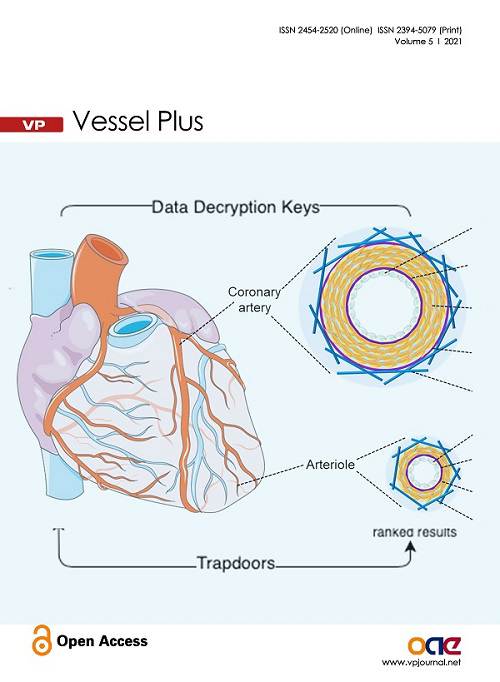
Volume 5 (2021) – 57 articles
Cover Picture: Coronary microvascular dysfunction (CMD) is an under-diagnosed condition characterized by functional alteration of the small coronary arterioles and the cardiac capillary bed. The vessels do not dilate appropriately in response to changes in cardiac oxygen demand, leading to chest pain and symptoms of angina. These blood vessels contain two major cell types: the endothelial cells, which line the blood vessels and detect changes in oxygen demand, and smooth muscle cells (SMC) which respond to these changes by contracting or relaxing to provide an optimal blood supply to the cardiac tissue. Many CMD studies have focused on the endothelial cells as these cells secrete vasorelaxants and vasoconstrictors. However, comparably fewer studies have examined SMC despite their functional role in contracting and relaxing. A variety of health conditions and lifestyle choices, such as diabetes, hypertension and cigarette smoking, can promote the development of both CMD and macrovascular coronary artery disease; a condition where SMC have been studied extensively. This review article will consider the influence of CMD on SMC phenotype. It will discuss the structural, cellular and molecular changes in CMD, and will summarise how co-morbidities can have differing effects on micro- and macro-vascular SMC phenotype and function, which complicates the development of new therapeutic avenues for CMD.
view this paper 






